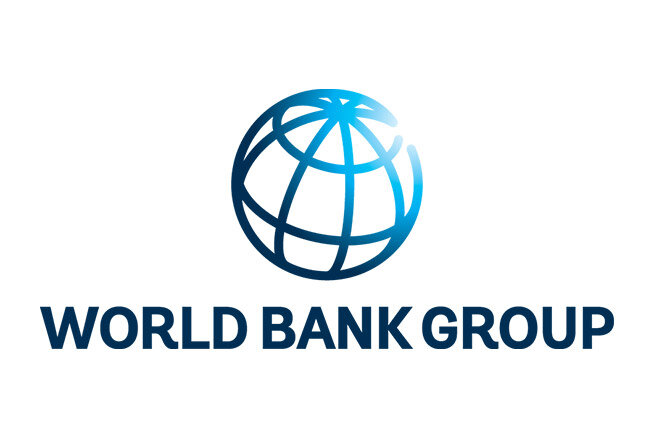
The World Bank announced today that it is releasing the second tranche of its support for the Zambia Macroeconomic Stability, Growth and Competitiveness Program—a US$100 million concessional credit. The credit released today is part of the World Bank’s US$275 million concessional development policy financing (DPF) for Zambia approved by the Board of Executive Directors on October 25 in support of Zambia’s reforms to restore fiscal and debt sustainability and promote private sector-led growth. This latest support will bring total disbursements on concessional terms from the World Bank’s International Development Association (IDA) to Zambia to US$740 million during 2022. Zambia has continued to implement agreed structural policies toward macroeconomic stability even as there are protracted delays from official bilateral creditors to discuss and finalize debt treatment under the G20’s Common Framework.
“Zambia urgently needs debt relief to restore medium-term debt sustainability and attract the new investment needed for growth and jobs. Yet as Zambia enters its third year working toward a debt restructuring under the G20’s Common Framework, its debt burden continues to rise, with interest arrears, late interest charges, and penalty charges accumulating during the prolonged delays,” said World Bank Group President David Malpass. “The World Bank’s $740 million of concessional disbursements to Zambia in 2022 are providing strong support, recognizing the remarkable leadership by Zambian authorities to reduce the fiscal deficit and implement difficult reforms. I remain deeply concerned by the slow pace of the creditors’ committee and the impact of the delays on growth and poverty.”
Zambia is in debt distress and urgently needs deep and comprehensive debt treatment in line with the Joint WB-IMF Debt Sustainability Analysis (DSA) that called for $8.4 billion in debt relief in 2022-2025 and additional relief through 2031. In February 2021, the Government of Zambia requested a debt treatment under the G20’s Common Framework and launched fiscal and structural reforms to restore macroeconomic stability and reinvigorate growth. The government has improved fiscal discipline, public financial management, and transparency, including in debt management and reporting. It has also implemented structural reforms focused on removing market distortions and fighting corruption.
The Zambia Macroeconomic Stability, Growth and Competitiveness Program is supporting the government’s policy and institutional reforms aimed at: 1) restoring fiscal and long-term debt sustainability, 2) increasing farmer productivity and access to agricultural markets, 3) ensuring sustainable access to energy, and 4) enhancing access to finance and private sector development. Financing for this operation is provided by IDA.*
*The World Bank’s International Development Association (IDA), established in 1960, helps the world’s poorest countries by providing grants and low to zero-interest loans for projects and programs that boost economic growth, reduce poverty, and improve poor people’s lives. IDA is one of the largest sources of assistance for the world’s 74 poorest countries, 39 of which are in Africa. Resources from IDA bring positive
change to the 1.3 billion people who live in IDA countries. Since 1960, IDA has provided $496 billion to 114 countries. Annual commitments have increased steadily and averaged about $34.7 billion over the last three years (FY20-FY22), with about 70 percent going to Africa. Learn more online: IDA.worldbank.org. #IDAworks





